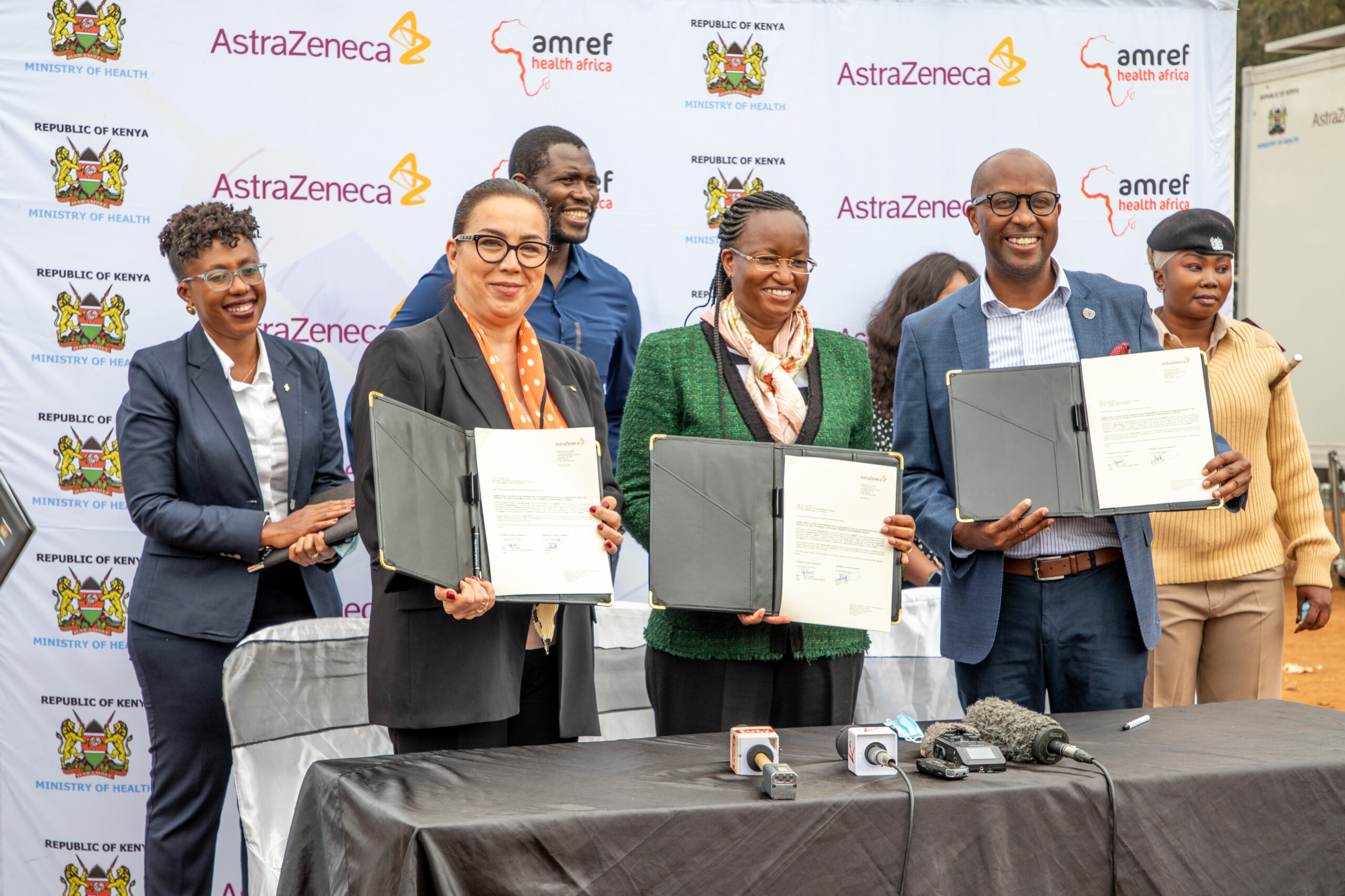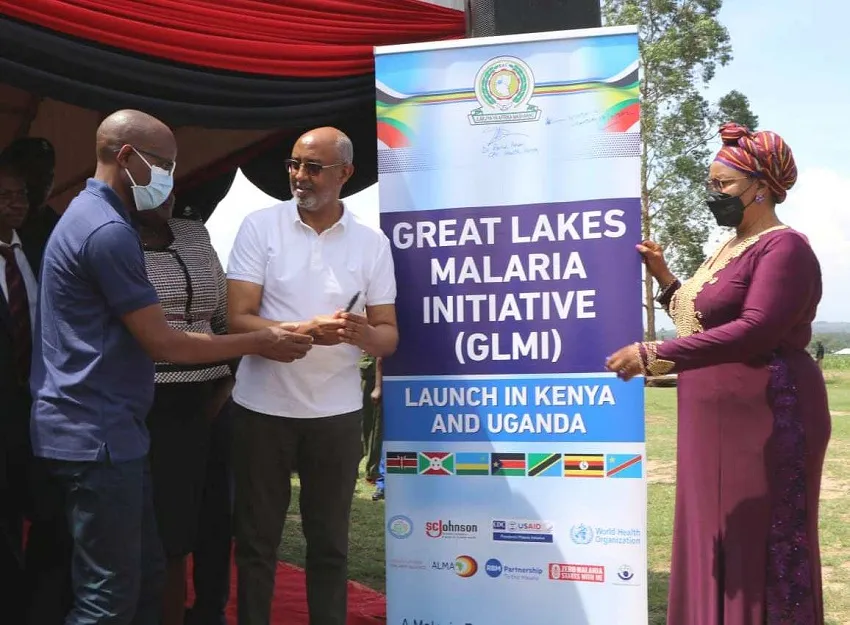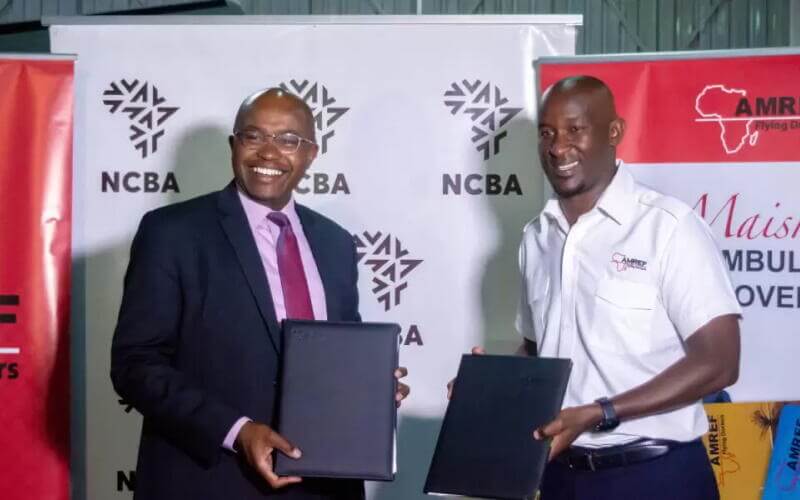Community Interventions to End Malaria
Wednesday, 24 April, 2019


Millicent Ambani is a Nurse at Mumias Modern Health Centre. She is the deputy in charge of the health facility and one of her roles is to release rapid diagnostic tests (RDTs) to the Community Health Extension Workers (CHEWS) to distribute them to the Community Health Volunteers (CHVS) based in the community. CHVs are tasked with addressing uncomplicated malaria cases in the community as well as educating fellow community members on best practices to prevent, control and treat malaria.
Using the Community Case Management of Malaria approach implemented through the Global Fund Malaria project, select individuals were trained on community health and tasked to serve their community as CHVs. Equipped with skills to manage malaria cases at household level, this intervention has seen CHVs test and treat over 450,000 cases of uncomplicated malaria.
According to Millicent, this has helped a great deal because there is less congestion at the health facility. She also notes that malaria prevalence has gone down as people are now better informed and equipped with skills and knowledge on malaria prevention. Some of the simple preventive measures include sleeping under treated mosquito nets as well as observing general cleanliness around their homesteads.
In case of complicated cases, the CHVs refer clients to the facility for specialised treatment which Millicent notes happens rarely because most cases are handled early at the household before they become severe. This intervention was instrumental during a recent prolonged nurses’ strike as it ensured that health services were still available at community level. The nurse in charge was available throughout the strike period to release ALs and RDTs to the CHEW and CHVs to continue managing malaria cases in the community.
“The CHVs can now ably treat malaria and to a great extent, they have earned trust among the community members,” says Millicent.
Community case management of malaria contributed to a decline in Malaria prevalence from 38% in 2010 to 27% in 2015 (Kenya Malaria Survey 2015).
Amref Health Africa teams up with African communities to create lasting health change.







